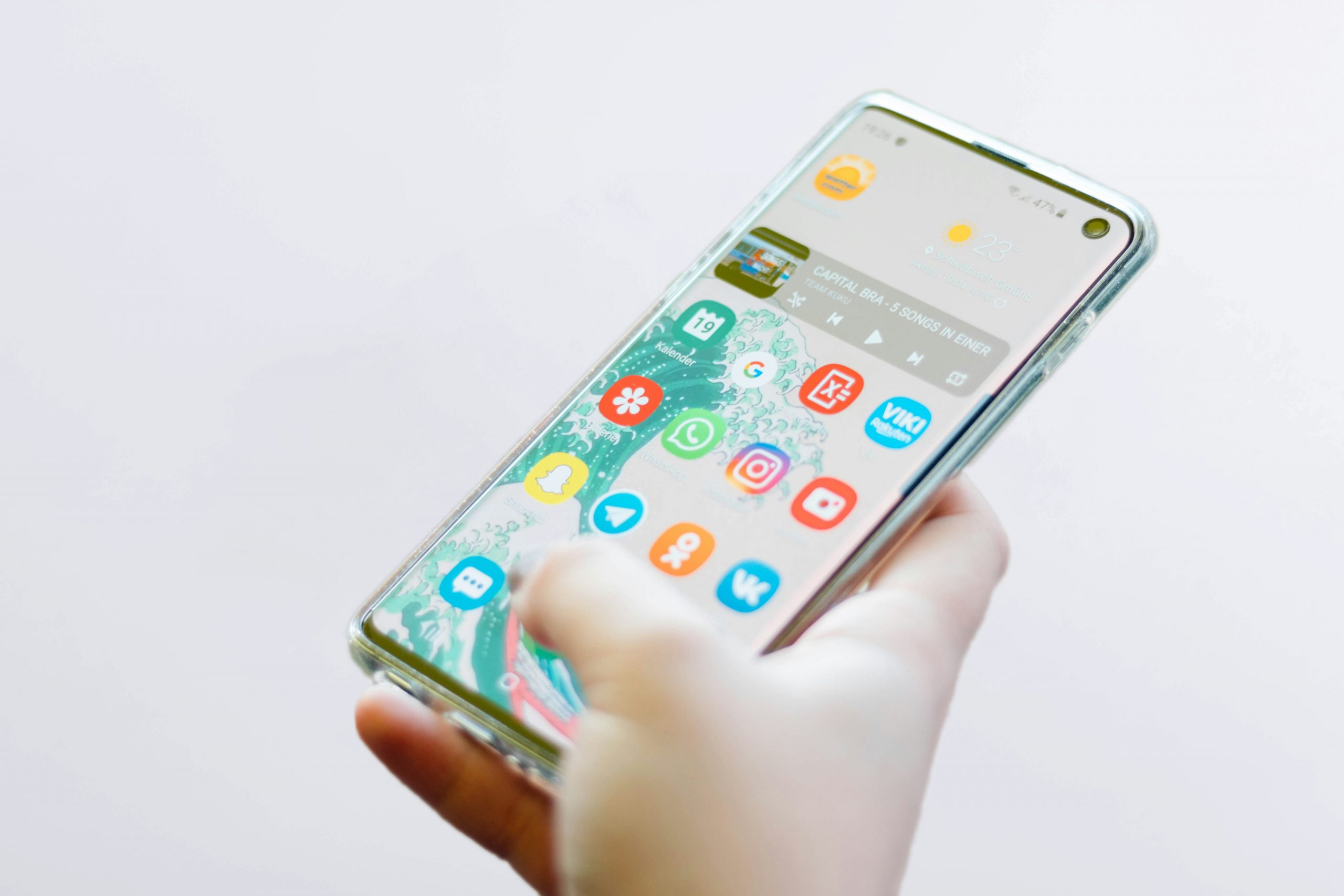In an industry marked by fierce competition and rapid technological advancements, Apple has once again set itself apart with a groundbreaking feature for its iPhone series. As reported by Forbes, the tech giant’s latest innovation allows iPhones to maintain a degree of functionality even when the battery is completely drained, outpacing similar offerings from rivals Samsung and Google.
This new feature, part of the iOS 18 update, signifies a substantial leap in user experience, addressing one of the most common frustrations faced by smartphone users—dead batteries. With this advancement, Apple not only cements its position as a leader in the smartphone market but also sets a new benchmark for others to follow.
The Challenge of Battery Life
Smartphone battery life has always been a critical issue for consumers and manufacturers alike. As devices become more powerful and applications more resource-intensive, maintaining sufficient battery life is an ongoing challenge. According to the U.S. Department of Energy, advancements in battery technology have not kept pace with the increasing power demands of modern devices, leading to frequent situations where users find themselves with dead batteries at the most inconvenient times.
Apple’s new feature directly addresses this problem by ensuring that critical functionalities remain accessible even when the battery is technically dead. This is a significant improvement over the current state, where a drained battery typically renders a smartphone completely unusable until recharged.
How the Feature Works
The new iPhone function utilizes a combination of hardware and software optimizations to manage power consumption more efficiently. When the battery level drops to zero, the system enters a low-power mode that preserves essential operations such as making emergency calls, accessing stored contact information, and even utilizing certain apps that have been optimized for low power use.
This technology is similar to the emergency power-saving modes found in some Android devices, but Apple has taken it a step further by integrating it deeply into the iOS ecosystem. The implementation leverages the latest in power management technologies and benefits from Apple’s proprietary hardware-software integration. This ensures a seamless user experience even in low power scenarios, as detailed in the Forbes article.
Competitive Edge
While both Samsung and Google have introduced similar features in their latest models, Apple’s solution appears to be more robust and user-friendly. For instance, Samsung’s emergency mode provides access to basic functions and extends battery life significantly, but it requires user activation and can be cumbersome to use. Similarly, Google’s battery-saving features on Pixel phones are effective but lack the deep integration and ease of use that Apple offers.
In the highly competitive smartphone market, such differentiating features can significantly impact consumer choice. According to a survey by Pew Research Center, battery life is one of the top considerations for smartphone buyers, and innovations in this area are likely to influence purchasing decisions strongly.
Broader Implications for the Industry
Apple’s innovation is not just a win for iPhone users but also a significant development for the broader smartphone industry. It sets a new standard for battery management and could spur competitors to enhance their own offerings. Moreover, it highlights the importance of continuous innovation in addressing everyday consumer pain points.
The introduction of this feature also underscores Apple’s commitment to sustainability. By extending the functional life of its devices, Apple reduces the frequency of battery replacements and electronic waste, aligning with global efforts to promote sustainable technology practices. The Environmental Protection Agency (EPA) has highlighted the environmental impact of electronic waste, and innovations like these are steps in the right direction.
Looking Ahead
As we look to the future, it is clear that battery technology and power management will continue to be critical areas of innovation for smartphone manufacturers. The potential for advancements in these fields is vast, encompassing not only longer battery life but also faster charging, improved energy efficiency, and new materials and designs that enhance overall performance.
Apple’s new feature is a prime example of how the company continues to push the envelope in terms of technology and user experience. It also serves as a reminder that the most impactful innovations are often those that address the fundamental needs and frustrations of users.
In conclusion, Apple’s introduction of a feature that keeps iPhones functional even when the battery is dead is a significant technological breakthrough. It provides a tangible benefit to users, strengthens Apple’s competitive position, and sets a new standard for the industry. As other manufacturers strive to catch up, consumers can look forward to a future where battery life is less of a concern, and the functionality of their devices is assured, even in low-power situations.
This development is a testament to the power of innovation and the relentless pursuit of excellence that defines the tech industry. As Apple continues to lead the way, it is clear that the future of smartphone technology holds exciting possibilities for enhanced performance, greater sustainability, and improved user experiences.

 Home4 years ago
Home4 years ago
 Medical4 years ago
Medical4 years ago
 Gadgets4 years ago
Gadgets4 years ago
 Environment4 years ago
Environment4 years ago
 Medical4 years ago
Medical4 years ago
 Energy4 years ago
Energy4 years ago














